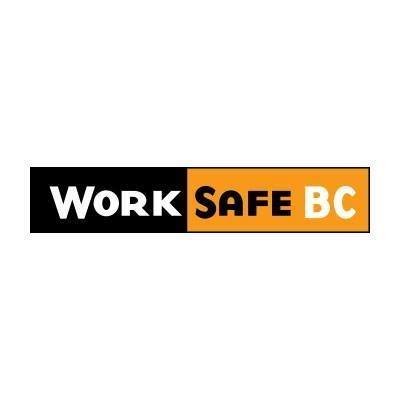WorkSafeBC announces that the average base premium rate for 2023 is 1.55 percent of employers’ assessable payroll, which has been maintained at the same level since 2018. Our strong financial results have enabled us to keep the average rate flat for 2023.
Together with worker and employer stakeholders, we’re working to reduce serious injuries and enhance return-to-work opportunities. In doing this, we can collectively help to prevent injuries, improve return-to-work outcomes, and ultimately lower insurance rates.
Find your rate
Our classification unit, industry, and rate search engine contains information on the premium rates for 2023, as well as information from previous years.
Find my classification unit, industry, or rate
You can learn more about changes to our classification structure by downloading changes to classification units for 2023.
How the rates are set
The Workers Compensation Act requires WorkSafeBC to set premium rates annually for employers in order to pay for the workers’ compensation system.
Employers are placed in one of 517 classification units with other similar businesses. These classification units are then placed into one of 52 insurance pools we refer to as rate groups.
Employers in each rate group pay the costs of injuries and diseases that occur to the workers within the group, with the intent that each rate group be self-sufficient with regard to compensation costs. This limits cross-subsidization between industries, maintains relatively stable insurance rates, and limits growth of unfunded liabilities in the rate groups.
Each year, costs in some rate groups go up, some go down and others stay the same. In 2023, 50 percent of employers in B.C. will experience a decrease in their industry base rate, 37 percent will see their industry base rate increase, and 13 percent will see no change.
Examples of industries with rate decreases include: Aviation Schools, Commercial Sign Manufacture, Concrete Reinforcing, Farm Labour Supply Services, Furniture Restoration, Grain Farming, Log Hauling, Performing Arts, Underground Mining, Vegetable Farming, Window Cleaning, and Woodworking or Carpentry Shops.
Examples of industries with rate increases include: Animal Feed or Supplement Manufacture, Food Product Manufacture, Plastic Product Manufacture, Auto Parts Supply, Independent Primary or Secondary Schools, Automated Wood Processing Equipment Manufacture, Open Pit Coal Mining, Shake or Shingle Mills, Electronic Equipment Wholesale, Open Pit Mining, and Ski Hills.
Example of industries with little to no change to their rates include: Financial Services, Accounting, Liquor Stores, Moving and Storage, Art Galleries, Research Services, Real Estate Agencies, Law Offices, and Business Consulting.
More information
- Special hazard classification units
- Average published base rate trend information for 2023 (in table or chart form)
- Maximum Assessable Earnings (Compensation-Related Maximum Wage Rates)


